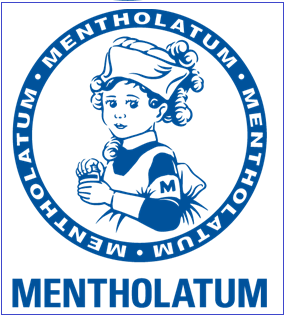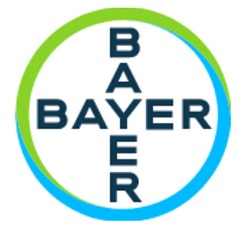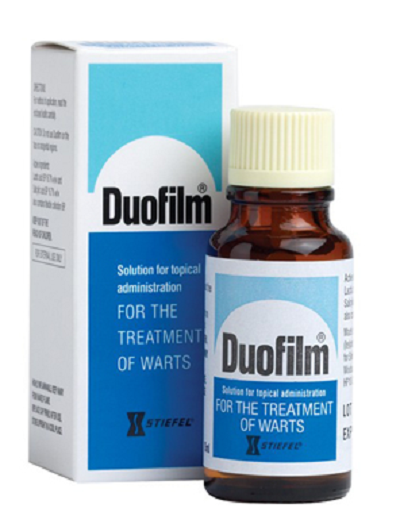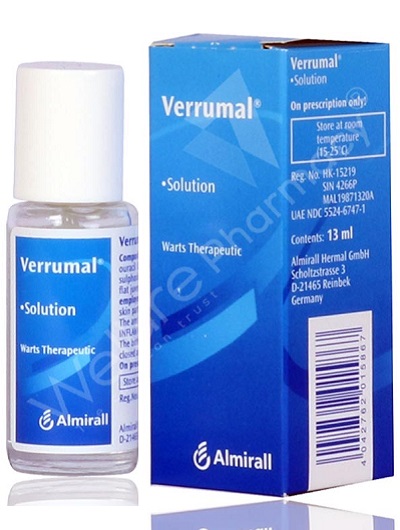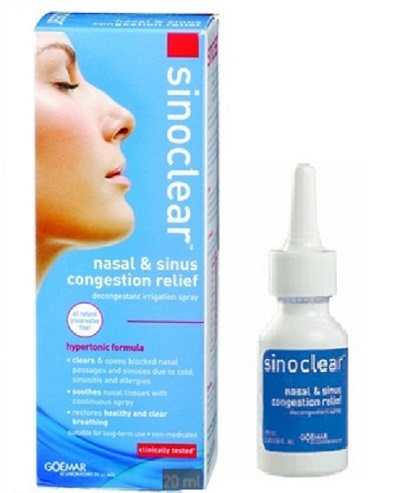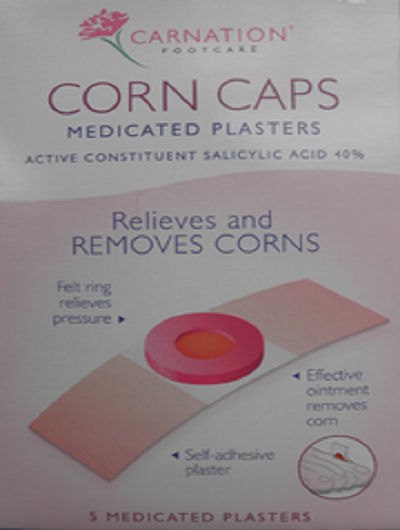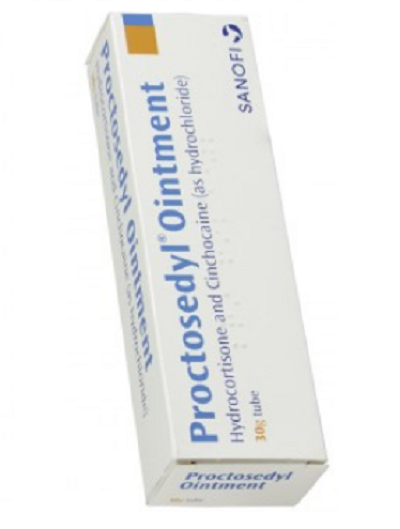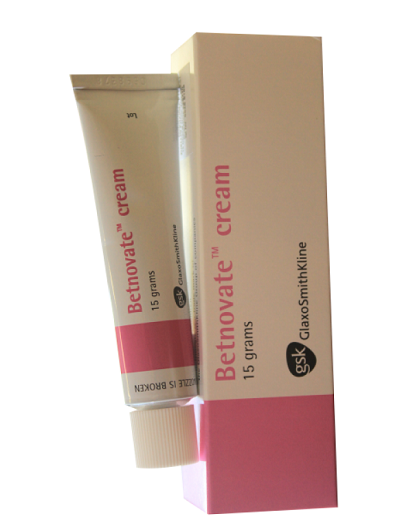What is leeches disease? Causes of leechesis fungus, symptoms of leechesis disease and treatment
Leeches are skin diseases that are easy to encounter in all ages and sexes. Typical signs of this disease are itchy grape blisters that appear on the hands and feet. Although not life-threatening, this pathology will cause negative effects on the aesthetics as well as the health of the sufferer.
Contents
What is leeches disease?
Leechesis is an inflammatory skin disease that many people suffer. This pathology appears concentrated on the hands, feet and fingers. Small blisters will cause itching and discomfort. When dry, they will flake into patches, causing loss of aesthetics on the skin.
Leechesis are not dangerous, but they will cause a lot of bad effects for the infected person. This is a very difficult condition to treat completely. Therefore, when you have this disease, you need to see a doctor or have timely and effective treatment.
Leeches are non-infectious diseases. The patient does not need to be isolated when sick. However, in living and eating, more attention is needed to prevent the development and recurrence of the disease.
Leeches are inflammatory skin blisters
Photos of leeches
Leechesis is a skin disease, so the patient is completely visible to the naked eye. In different stages and locations, leechesis will have different pictures. Through visual images combined with the examination process, the doctor will make an accurate diagnosis as well as the most suitable treatment route.
Through pictures, leeches can be classified into a number of main forms as follows:
● Simply put: Clear colored blisters appear deep in the skin that do not cause itching too much.
Bullous: A more severe progression of the simplified body. Tiny blisters form large blisters, causing severe itching.
● Bacterial infection: At this time, the leech's nests are superinfected, causing the blisters containing pus to become cloudy, fragile, and the patient feels very itchy and uncomfortable.
Some pictures of leeches disease:
The cause of leeches
Leeches are not a rare disease. Currently, people suffering from this pathology are also highly locked. In order to be able to treat the disease completely, you need to understand the causes that cause leeches on the skin.
Genetic causes
Although not a contagious disease, leeches do have genetic factors. According to research shows that nearly half of people with leeches disease are caused by genetic factors. For families with leech nests, the next generation is born with a higher risk of the disease than others.
Leeches disease can be hereditary
Causes bacteria
One of the most common causes of dermatitis is bacteria. The bacteria that cause leeches can survive in mud, dirty water or in an unhygienic environment. People who regularly have direct contact with mud, waste, and polluted environment will be very susceptible to leeches.
In addition, in chemicals used every day, dirt or pollen can also contain pathogenic bacteria. Healthy people exposed to these can also irritate their skin and become a developmental environment for leeches.
Due to the nature of the patient
People with leeches can be caused by their own site. For people with poor health, a lack of science can become infected subjects.
People with excessively active sweat glands can also cause illness. In addition, subjects with underlying diseases such as hepatitis, nephritis, ... if not properly treated, they may also experience complications that cause leeches.
Leeches disease can be acquired due to the individual's location
Drug abuse
Excessive drug abuse will cause the body to suffer extremely seriously. Among them, the patient may suffer from leechitis. Because too much drug will break down the protective barrier on the skin. This is the ideal conditions for bacteria to invade and develop disease.
Symptoms of leeches
Leechatosis when appearing on the skin will have many signs. The signs of the disease will develop in cycles. Usually, the disease will continue in waves for about 3 to 4 weeks. Patients seeing these signs should promptly conduct treatment to prevent adverse effects of the disease.
Blisters grow all over the hands and feet
The most common and obvious symptom of leech dermatitis is the appearance of blisters. Small blisters will grow on the palms of your hands, fingers, feet and toes. It feels stiff to the touch. They can grow sporadically or cluster into a large cluster. When it breaks, you will see a clear discharge and feel a burning pain.
Blisters grow on the palms of the hands
Contaminated blisters
In many cases of leechesis, more severe around the blisters will turn red. The fluid in the blisters will change to a more cloudy color. Even the body shows signs of high fever, lymphadenopathy in the neck area.
Itching, irritability
One symptom of leechesis that cannot be ignored in the presence of this disease is itchiness. Itching will appear in areas with blisters. This will go on forever, the more you scratch the more itchy you will feel. When you scratch off the bladder's skin, you will begin to feel pain, burning, and uncomfortable heat. If severe they will affect the life of the patient.
Causing loss of aesthetics on the skin
After the blisters dry and flatten, white patches of skin appear. The flakes, when peeling off, create the typical symptoms of leechesis, such as white, cloudy patches on the skin. They do not affect the health but will cause cosmetic loss for the patient.
Causing loss of aesthetics on the skin
Source: europharmas




